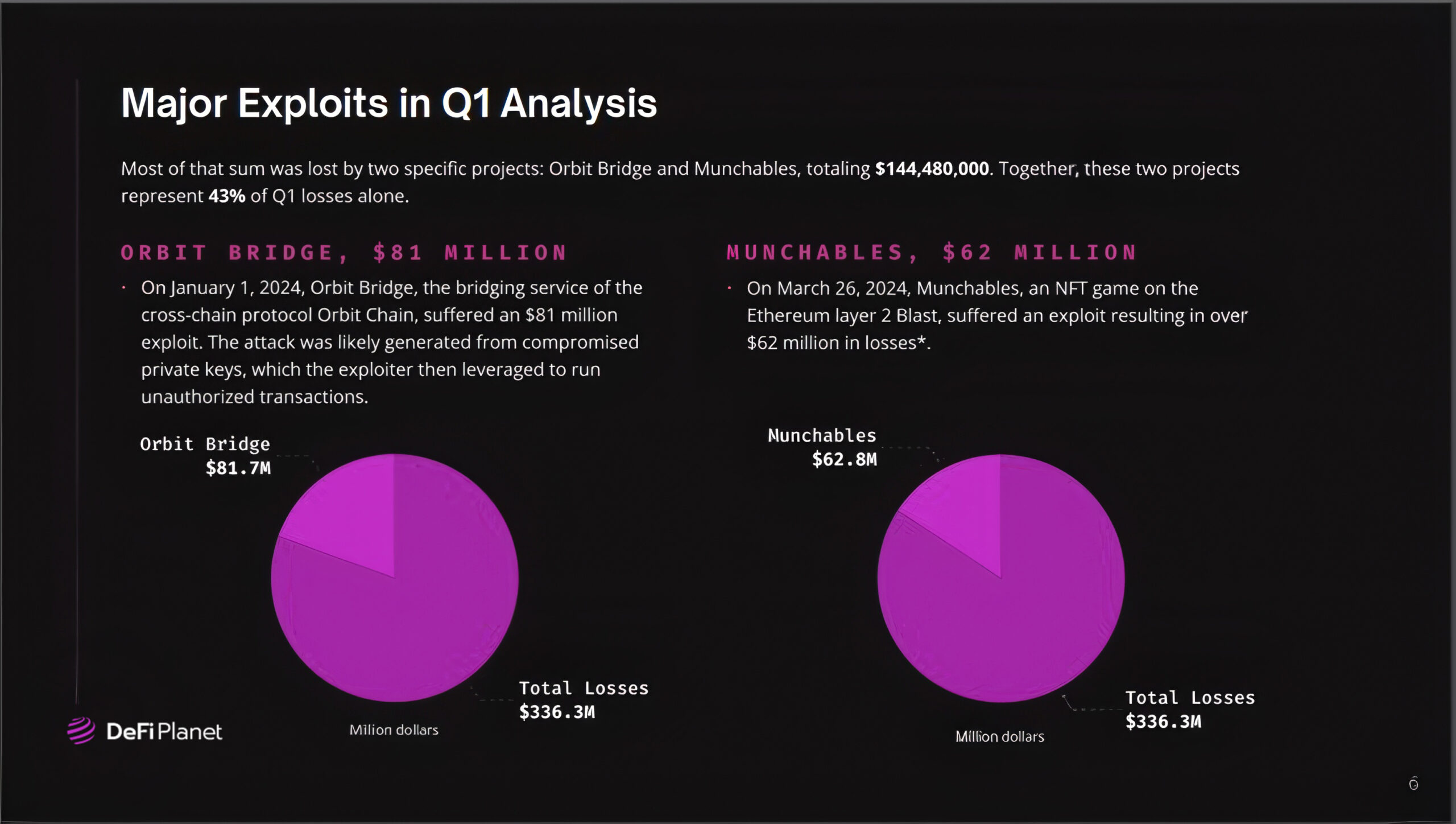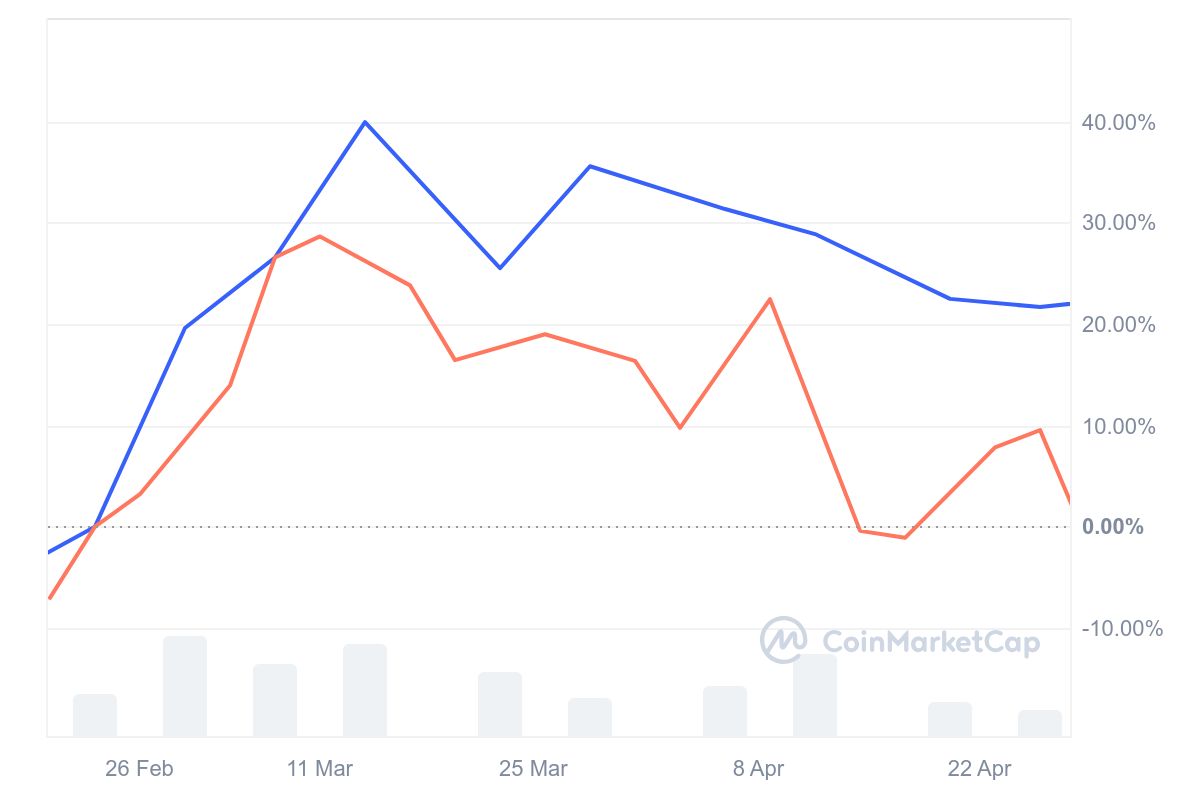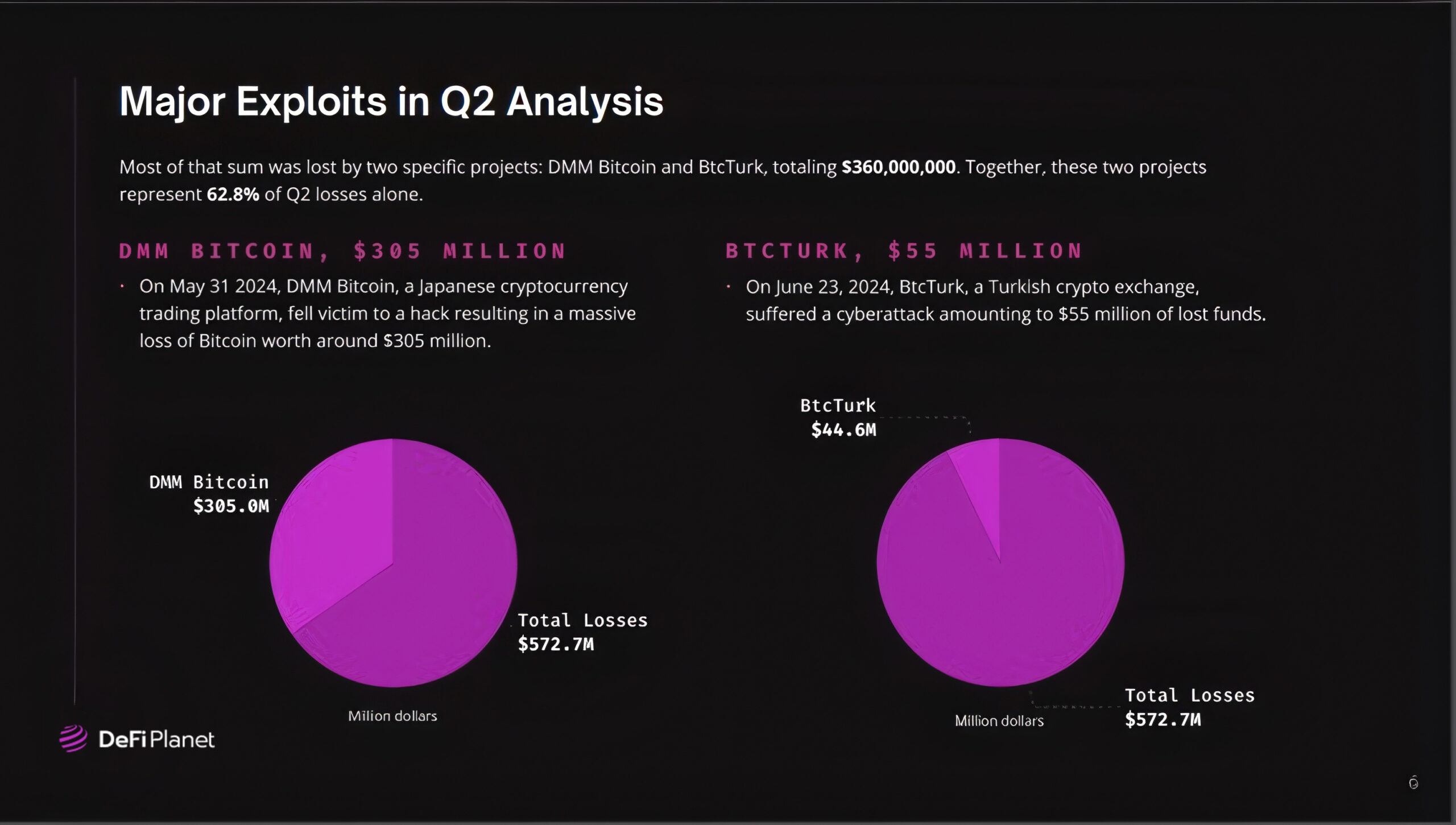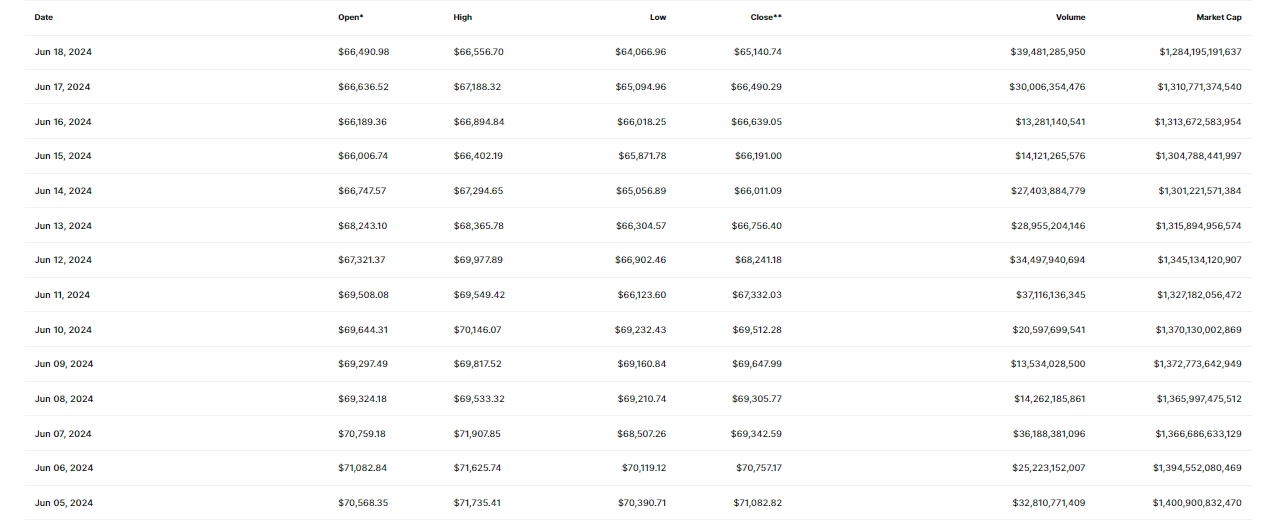This year has been quite the rollercoaster! Investors buckled up for what they thought would be another thrilling bull cycle, only to get caught in a whirlwind of hacks, scams, and staggering losses. By the end of August 2024, the industry had lost a jaw-dropping $1.2 billion to hacks and scams, a 15.5% increase from the previous year.

RELATED: Crypto Scams Are Never Going Away. Here is Why
The Erosion of Investor Confidence: A Quarter-by-Quarter Breakdown
The year started with a series of really nasty DeFi protocol attacks. Two major exploits accounted for $144.5 million in losses, representing 43% of all Q1 losses. Ethereum and BNB Chain were the most targeted platforms, suffering 33 and 14 attacks, respectively.

The impact on investor confidence was immediate and severe:
- Ethereum’s trading volume plummeted by 77.99%, from $47.7 billion on March 5 to $10.5 billion on March 31.
- Bitcoin saw an even steeper decline, with an 80.5% drop in trading volume during the same period.

In Q2 2024, the focus of attacks shifted, but the impact on investor confidence only intensified. Centralized DeFi platforms (CeDeFi) became the primary target; accounting for 70% of the total losses during this period. Two major exploits in this quarter alone accounted for $360 million in losses.

The market’s response was dramatic:
- A sharp $400 million loss due to liquidations rocked the industry.
- Bitcoin’s transaction volume nosedived by 65.96% in just 18 days in June.
- Bitcoin’s price dropped from $70,000 to $66,000 in the same month.

August 2024: The Perfect Storm
The culmination of the events of the first half of the year came in August when a combination of factors led to a market meltdown:
- Total crypto liquidations amounted to $1.08 billion.
- Bitcoin prices plummeted from around $65,000 to $50,000.
- Long positions on crypto exchanges lost over $315 million in under 24 hours on August 5.
- Ethereum traders faced similar losses, with long positions losing $305 million.

Crypto Market Liquidations. Source: CoinGlass
The Changing Face of Investor Behavior
The persistent threat of hacks and scams alters how investors, especially from TradFi, approach the crypto market. The perceived vulnerability of crypto assets has consequently led to a noticeable shift towards more established, secure platforms and a decreased appetite for high-risk, high-reward opportunities. Investors are more likely to thoroughly research platforms and protocols before committing funds.
According to John Gomez, CEO of Sensato Cybersecurity Solutions, “The world of cryptocurrency is the Wild West. The number of attacks on crypto exchanges is staggering, with groups like North Korea and terrorist organizations using stolen funds to finance operations. Without a governing body, there’s no requirement for security audits or controls.”
Gomez’s statement underscores why many investors are now hesitant to engage with the crypto market, fearing a lack of oversight and protection. Several investors are calling for stronger regulatory frameworks to protect their interests.
A Balanced Perspective: The Multifaceted Nature of Market Dynamics
While the impact of hacks and scams on the crypto market in 2024 has been significant, it’s crucial to approach these deductions with a degree of caution. The crypto market is a complex ecosystem influenced by a multitude of factors, and attributing all market movements solely to security breaches would be an oversimplification.
For instance, the overall state of the global economy, including inflation rates, economic growth, and geopolitical events, can significantly impact crypto markets. We have seen many of these events in 2024 so far, but one of the most prominent is the Bank of Japan’s disruption of the yen carry trade.
Also, the entry or exit of major institutional investors can create significant market movements, as we have seen with crypto ETFs since the beginning of the year.
READ MORE: How the Bank of Japan Disrupted the Yen Carry Trade and Impacted Crypto Markets
READ MORE: Why Liquidations in the Crypto Market Are Hitting New Highs?
To truly understand the specific impact of hacks and scams, one would need to imagine a hypothetical scenario where these were the only variables changing in the market. In such an isolated environment, the immediate drop in trading volumes following major hacks would likely be more pronounced, and the shift in investor behaviour towards increased security measures and risk aversion would be more directly attributable to these events.
In Conclusion
The crypto market has been defined by a crisis of confidence, which partly stems from an unprecedented wave of hacks and scams. We can’t completely isolate the impact of hacks and scams in the real world. But by trying to do this imperfect analysis, even with the understanding that they’re part of a larger picture, we hope we can nudge you to start thinking of how we can work towards creating a more resilient and trustworthy crypto market.
As the industry moves forward, rebuilding investor confidence will be paramount. This will require a concerted effort from all stakeholders – from exchanges and developers to regulators and educators. Only by addressing the security concerns head-on and creating a more robust, transparent, and regulated environment can the crypto market hope to regain the trust of investors and return to a path of sustainable growth.
Disclaimer: This article is intended solely for informational purposes and should not be considered trading or investment advice. Nothing herein should be construed as financial, legal, or tax advice. Trading or investing in cryptocurrencies carries a considerable risk of financial loss. Always conduct due diligence.
If you would like to read more market analyses like this, visit DeFi Planet and follow us on Twitter, LinkedIn, Facebook, Instagram, and CoinMarketCap Community.
Take control of your crypto portfolio with MARKETS PRO, DeFi Planet’s suite of analytics tools.”




















